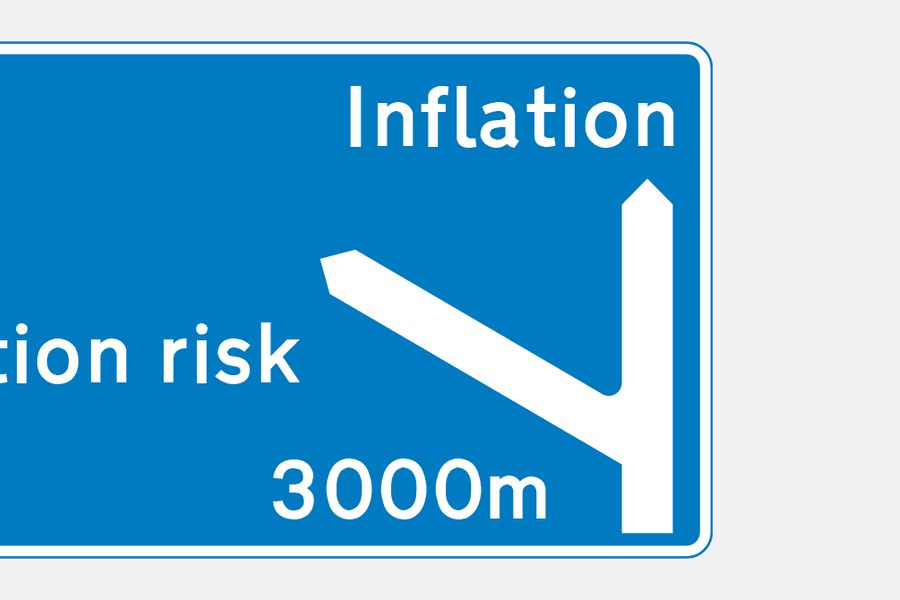The RPI includes housing costs but that is not the reason why it tends to be 0.7% per annum greater than CPI. The method of calculation drives the main difference. For those with Maths A-Levels, RPI is calculated with arithmetic growth using the Carli method whereas CPI is a geometric growth calculation using the Jevons approach. Statisticians say that geometric is the one to go for and I agree with them as in the long run it is more accurate.
Index linked gilts (“linkers”) are indexed to RPI, but over the last few months, debate has arisen as to whether the government should change to CPI or indeed whether RPI should be calculated geometrically. A geometric RPI would result in it being lower by c0.7% per annum.
The government would like to see RPI lower. The FT estimated that lowering the RPI by 0.7% per annum would save the country £3 billion on index linked gilts alone and if you include RPI linked pensions, which the government also pays, then the savings climb even higher.
Under the Statistics and Registration Service Act 2007,the Office for National Statistics (“ONS”) is responsible for calculating RPI with the basis of the methodology fixed until 2030, at which point the ONS has the ability to change the methodology from arithmetic to geometric. The commentary emanating from the ONS suggests that they would like to do this. John Pullinger, the recently retired national statistician, said that the “RPI is a very poor measure of general inflation”. David Norgrove, chair of the UK Statistics Authority (“UKSA” which oversees the ONS), said: “With this strong evidence for the deficiencies of the RPI, I remain concerned by its widespread use”. Mark Carney, Bank of England governor, mentioned “known errors” and has called for a transition in the calculation of the RPI.
The pressure started mounting in earnest in mid-2018. Liz Truss, Secretary of State for International Trade asked the UKSA to put forward reforms. John Pullinger indicated that the issue of reform was “when” rather than “if” and that he thought a lead time of less than ten years was appropriate.
In February of this year the Treasury Select Committee and the Lords’ Economic A airs Committee urged statistical authorities to seek consent from the chancellor to fix the RPI index and end a “ridiculous merry-go-round” of inaction.
The FT estimated that lowering the RPI by 0.7% per annum would save the country £3 billion on index linked gilts alone.
That prompted the UKSA to ask Chancellor, Sajid Javid for permission to reform RPI in September of this year and in spite of investment giant M&G warning that radical reform would half the price of the 0.125% (1⁄8) linker of 2068, Sajid agreed; with the proviso that the reform would take place sometime between 2025 and 2030. 2030 is when the UKSA think they can make the change without political approval and the Chancellor is currently consulting on whether he should bring forward the date for change to 2025. We will know the results of that consultation in early 2020.
On the day, pricing at the long end of the index-linked market was not as badly affected as many thought. The 0.125% (1⁄8) linker of 2068 fell 16%, less than M&G feared, but has since fallen further.
So we now have three levels of ambiguity. Will the consultation be supportive of a 2025 date? Secondly, will Javid act on the consultation and thirdly, will the UKSA bring forward the date if they are allowed to? I am inclined to the view that the date will be brought forward and that the market must be pricing this in. But if the market is not, then linkers longer dated than 2030 could suffer another 3% fall if the date for reform is confirmed as 2025.





